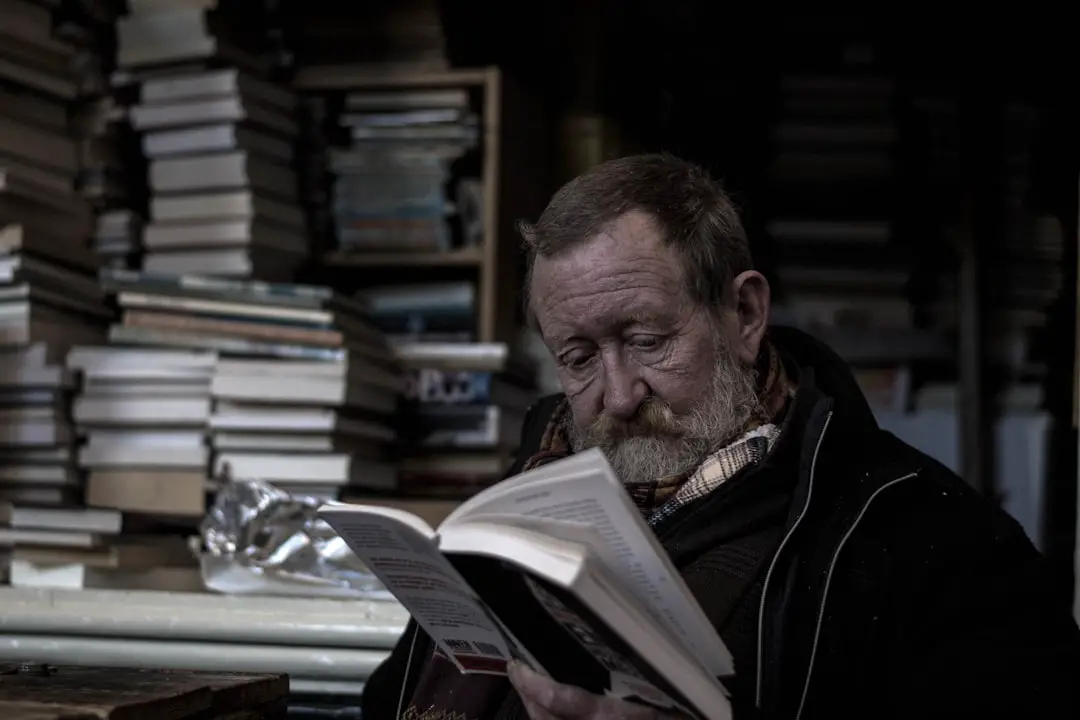Plagiarism detection has become a vital aspect of academic integrity, journalism, and professional writing. With the increased use of automatic plagiarism detectors, many users wonder how these systems differentiate between legitimately cited material and content that has been improperly copied. Understanding how plagiarism detectors handle citations and references is crucial for writers, educators, and students to avoid false positives and ensure proper attribution is maintained.
Plagiarism Detection Systems: An Overview
Plagiarism detection tools like Turnitin, Grammarly, Copyscape, and others work by scanning submitted texts and comparing them with vast databases of existing content, including web pages, academic journals, books, and previously submitted assignments. These systems look for matching phrases, sentence structures, and stylistic patterns to identify any possible duplication of material.
But how do these systems recognize and process properly cited sources? This question is more complex than it appears, and the answer depends heavily on each system’s algorithm, configuration, and the format of citations used.
Recognizing Citations and References
Modern plagiarism detection tools are often trained to identify common scholarly citation formats, such as:
- APA (American Psychological Association)
- MLA (Modern Language Association)
- Chicago
- Harvard
- IEEE
These systems can distinguish citations embedded within the text — such as in-text parenthetical references or footnotes — and they can also detect bibliographic entries at the end of a document.
When the software encounters these elements, it attempts to determine whether the citation correctly attributes the original source. If appropriately cited, many detection tools will flag the content as a match but not necessarily consider it a case of plagiarism. This is known as a “matched source with citation” and is often treated differently in the final plagiarism report.

Citation Doesn’t Always Prevent a Match
It’s a crucial misconception that simply citing a source will prevent it from being flagged. Plagiarism detectors still highlight properly cited material to give the report’s reviewer full visibility into reused content — even when it’s ethical and allowed. The effectiveness of this depends on:
- Accuracy of the citation: The citation must be complete and follow the appropriate format.
- Integration of the quoted material: Even with a citation, large blocks of verbatim text can be flagged if overused.
- Use of quotation marks or block quote formatting: Proper formatting helps the software understand the boundaries of quoted text.
Plagiarism detection systems are not perfect judges of context. Therefore, human review is almost always essential. These tools provide detailed reports, but it is up to instructors, editors, or review boards to interpret whether the highlighted content constitutes plagiarism or acceptable academic writing.
Handling Reference Lists
Most detection tools are programmed to disregard the references or bibliography section when calculating the final similarity score. These sections often contain standard formats and recurring language (such as journal names, publisher locations, etc.), which would otherwise inflate the overall similarity percentage.
However, this exclusion is not always automatic. Users must check whether the tool provides an option to ignore bibliographic sections during analysis. If not configured properly, even the reference list may contribute to the similarity score, potentially misleading users.

Paraphrasing and Improper Citations
Plagiarism software also attempts to detect paraphrased content that is not properly cited. While paraphrasing is often encouraged in academic writing, failing to attribute the original source makes it a subtle yet serious form of plagiarism. Advanced detection systems use semantic analysis and AI to detect content that has been reworded but still closely matches original texts.
To avoid issues, writers should always include citations, even when paraphrasing ideas instead of quoting them directly. In academic contexts, this demonstrates both integrity and a strong understanding of the source material.
Conclusion
Plagiarism detectors are sophisticated tools, but they are not foolproof. They can identify citations, match content to known sources, and segregate reference data — but they depend on correct formatting and responsible usage. Ultimately, these tools support human reviewers by highlighting potential areas of concern, not by making final judgments. Writers should maintain rigorous citation practices and understand the limits of technology in guarding against academic misconduct.
